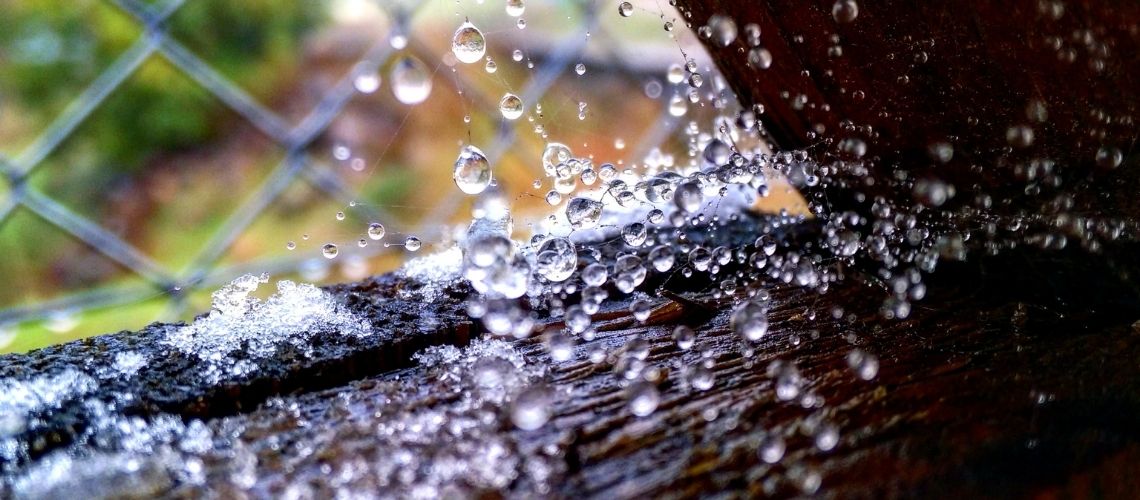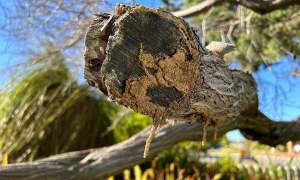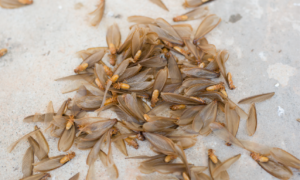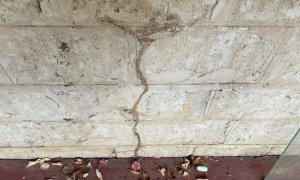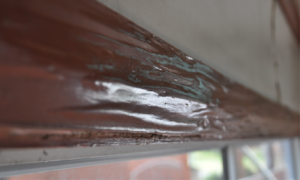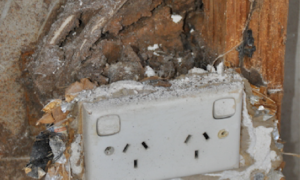Building Authorities and Australian Standards recommend a professional pest inspection at least once a year. However, just in case termites decide to move in between inspections, it’s a good idea for homeowners to know how to spot termite activity. It may save you a fortune! Here are the obvious and “hidden” signs of termite activity:
The Obvious Signs of Termite Activity
Here are our top 3 obvious signs of termite activity:
1. The Appearance of a Termite Nest
Most termite nests are normally well hidden, often underground. But a few species of termites build mounds on the ground and some build arboreal nests (in trees). Not all of these species will cause damage to homes but if you spot a potential nest, it’s best to call a termite inspector to check it out.
2. Mud Tubes or Mud Sheeting
Mud tubes and mud sheeting are built when they want to come above ground to access a wood source. They protect the termites from predators and drying out. If you spot mudding on trees, fencing and especially on the house, call a termite inspector immediately. It usually means you have significant activity on your property.
3. Winged Termites
Winged termites are the new termite kings and queens that get released from mature colonies in great numbers on warm humid nights. They tend to be a light brown colour with two pairs of fragile wings that easily break off. If you spot these insects flying around lights at night or in the house, or spot piles of broken-off wings on the floor when you wake up in the morning, it means there is a large termite nest nearby. And you need to organise an inspection immediately.
The ‘Hidden’ Signs
Here are our top 5 signs of ‘hidden’ termite activity:
1. Mud spots and brown lines on plasterboard walls
When feeding behind plasterboard walls, termites often go unnoticed. Although they are great ‘engineers’, they often leave a thin layer of the material on which they are feeding to protect them. Sometimes they break through by mistake and need to plug the hole with mud. If you spot the occasional mud spot on a plasterboard wall or a brown line or stain on or below the surface, it could be due to termites.
2. Sagging floors and doors
If termites are eating away at the floor joists or the floorboards themselves, the floors may show signs of movement when walking on them and feel ‘spongy’. Similarly, door frames may drop, making the door hard to close.
3. Ripples and cracks in paint and plaster
If they are busy eating the wood under paint or plaster, termites often cause the surface to ripple. This can be detected more easily when shining a torch across the surface.
4. Power socket/light switch failures
They can cause power failures in light switches and power points when termites are active in wall voids. This can be either by directly chewing through wires or causing shorting due to the presence of their mudding.
5. Noises in the night
On quiet nights, if you’ve got good hearing, it is actually possible to hear termite activity. You may hear a faint grinding (this is the termites eating away your home!) or a faint tapping. This is the headbutting termites use to communicate.
Let Us Handle Your Termite Inspection For You
If you live in Perth or the south west and think you have spotted one of these signs of termite activity, don’t panic, just give us a call at Home Integrity. We’ll be around to carry out a comprehensive pest inspection. What is a pest inspection? Click here to find out more.

